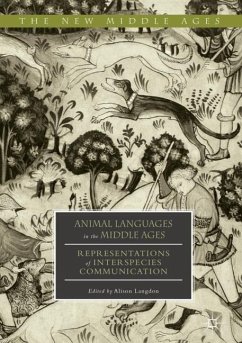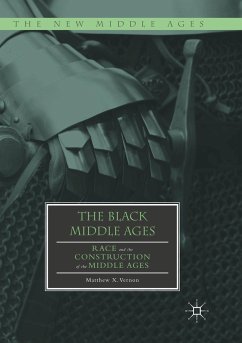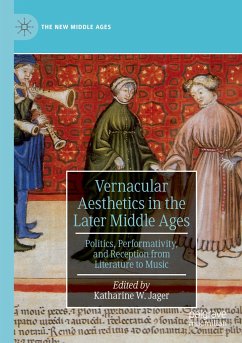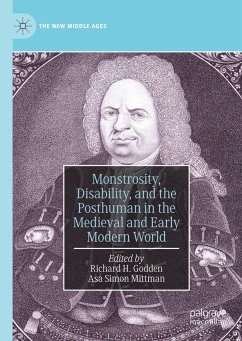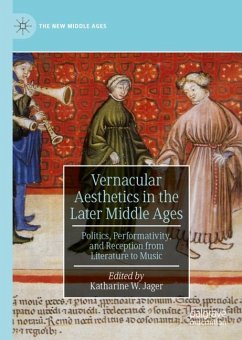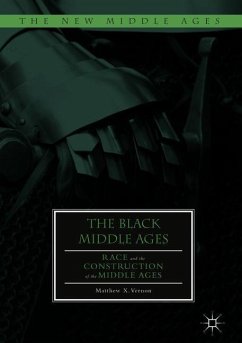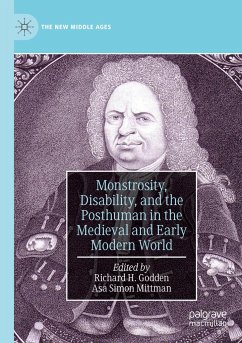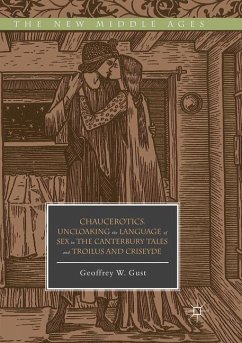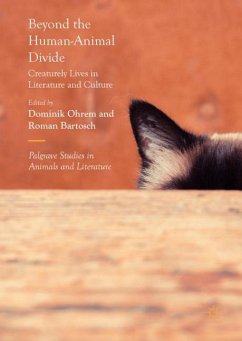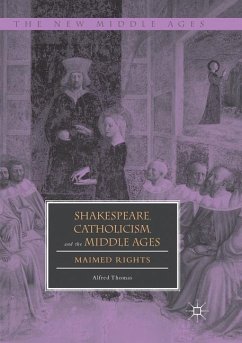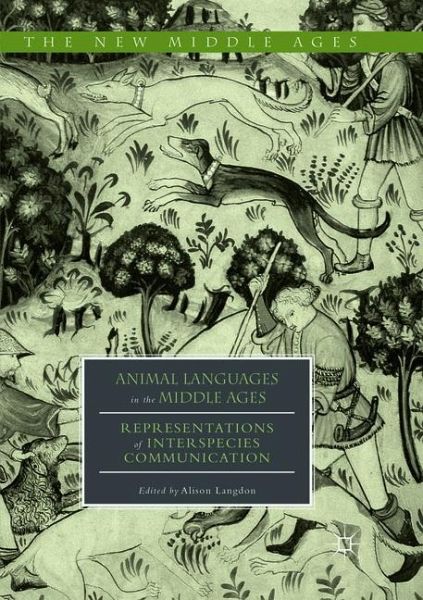
Animal Languages in the Middle Ages
Representations of Interspecies Communication
Herausgegeben: Langdon, Alison
Versandkostenfrei!
Versandfertig in 6-10 Tagen
91,99 €
inkl. MwSt.

PAYBACK Punkte
46 °P sammeln!
The essays in this interdisciplinary volume explore language, broadly construed, as part of the continued interrogation of the boundaries of human and nonhuman animals in the Middle Ages. Uniting a diverse set of emerging and established scholars, Animal Languages questions the assumed medieval distinction between humans and other animals. The chapters point to the wealth of non-human communicative and discursive forms through which animals function both as vehicles for human meaning and as agents of their own, demonstrating the significance of human and non-human interaction in medieval texts...
The essays in this interdisciplinary volume explore language, broadly construed, as part of the continued interrogation of the boundaries of human and nonhuman animals in the Middle Ages. Uniting a diverse set of emerging and established scholars, Animal Languages questions the assumed medieval distinction between humans and other animals. The chapters point to the wealth of non-human communicative and discursive forms through which animals function both as vehicles for human meaning and as agents of their own, demonstrating the significance of human and non-human interaction in medieval texts, particularly for engaging with the Other. The book ultimately considers the ramifications of deconstructing the medieval anthropocentric view of language for the broader question of human singularity.





